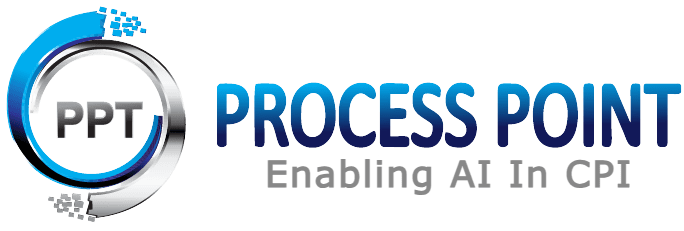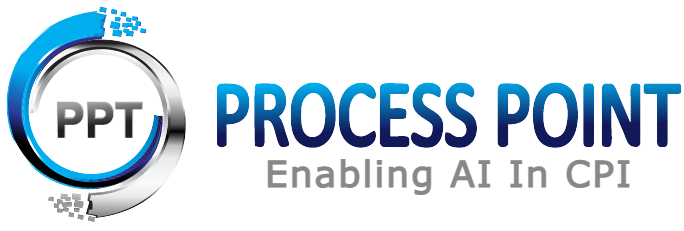- Home
- Explore Our Case Studies
- AI for Prediction of Steam Eruptions in Cokers
AI for Prediction of Steam Eruptions in Cokers: Enhancing Safety in Delayed Coker Units
Executive Summary
Process Point deployed AI for Prediction of Steam Eruptions in Cokers Units, enhancing safety and reducing operational risks. The solution achieved 93% accuracy, improving efficiency and delivering long-term cost savings.
Client
A major refinery operator with 3 million BPD capacity across 36 plants, including a Delayed Coker unit.
Challenge
Geysers/steam eruptions during the “Coke Cutting” step in Delayed Coker Unit operations, spreading steam, hot water, and coke particles across a 2-3 mile radius.
Objective
Predict and minimize dangerous steam eruptions to enhance safety during coke cutting.
Our Solution Approach
Process Point implemented a data-driven intelligence solution to enhance operational efficiency and safety. Our approach involves meticulous data collection, advanced model development, seamless implementation, and continuous improvement to ensure optimal performance.
- Data Collection and Analysis: Gathered historical data on eruption factors and applied Principal Component Analysis to identify key variables.
- Model Development: Built a predictive model using machine learning, achieving 93% prediction accuracy.
- Implementation: Integrated real-time monitoring and developed operational guidelines.
- Continuous Improvement: Established ongoing monitoring and model refinement.
Results
Conclusion
- Challenge Addressed: Mitigating a critical safety risk while enhancing efficiency.
- Approach Taken:
- Data-driven strategy for risk reduction and process optimization.
- Advanced analytics applied to solve complex industrial challenges.
- Key Outcomes:
- Improved workplace safety through proactive risk management.
- Boosted operational efficiency, leading to more profitable operations.
- Long-term adaptability ensured via continuous improvement strategies.
- Industry Impact:
- Demonstrates Process Point’s expertise in safety and performance optimization.
- Highlights the value of AI and analytics in industrial risk management.





